Douglas MacNeese was a member of the MacNeece family who lived in the townland of Castlecary near Redcastle. As a young man, he joined the Royal Field Artillery. He was killed leading his battery at the Battle of the Somme on 16 August 1916 aged 25. He was the second son of Col T.F. MacNeese of Castlecary and Mrs MacNeese. He had just received a Military Cross and was mentioned in dispatches, to use a well-worn expression in the army for having fought with bravery. The parents never fully recovered from his tragic death.
In his memory the community of St. Finian’s church, near Redcastle, erected a brass plaque which was made at the Craftworks in Dublin. There is a Bible quotation and a Latin inscription at the foot. Some time ago the church was deconsecrated and the plaque was stolen. It was feared that the plaque would be sold as scrap metal. Fortunately it was recovered and is now on view at the entrance hall of Dunree Military Museum.
The former church was later put up for sale. The church was opened in 1853 and was designed by a distinguished architect, Joseph Welland. The erection of the church caused a lot of friction between the local gentry and the Montgomerys in Moville. The site has strong Plantation links as the remains of an old church can be seen in the graveyard; as stated on a slate inscription over the door, it was built in 1747 by Col. Edward Cary of Whitecastle and Edward Cary of Castlecary. Capt. MacNeese’s name is inscribed on a tombstone in the old ruins but his body was buried on the battlefield. The plain unadorned cross is beside that of his parents but there is no marked grave. Major McIntyre of Moville owned a commemorative plaque given by the army to relatives; it is known as the “death penny” because of its style and shape. (Military historians regard the term as derogatory). It was donated by this writer to the museum of County Donegal Historical Society at Rossnowlagh but is not on display currently.
A magnificent marble cross, with chain and anchor were erected over the tomb of Capt. Cochrane by his wife in the graveyard. It was executed by a London company of sculptors. A full family history is listed on the headstone, going back to the Earldom of Dundonald.
Other notable graves include Arthur Lunel Cary of Castlecary who died on 26 January 1907, and Elizabeth Allen Foster widow of W.J.Foster, who died at Matlock on 2 Sept 1930 aged 93.
The old church building needs a little care and attention but the graveyard is well managed. With links to the Crimean War and two World Wars, it numbers world-famous writers, military men, sea captains and many others among its former worshippers so it may be regarded as an important local monument. Sean Beattie.
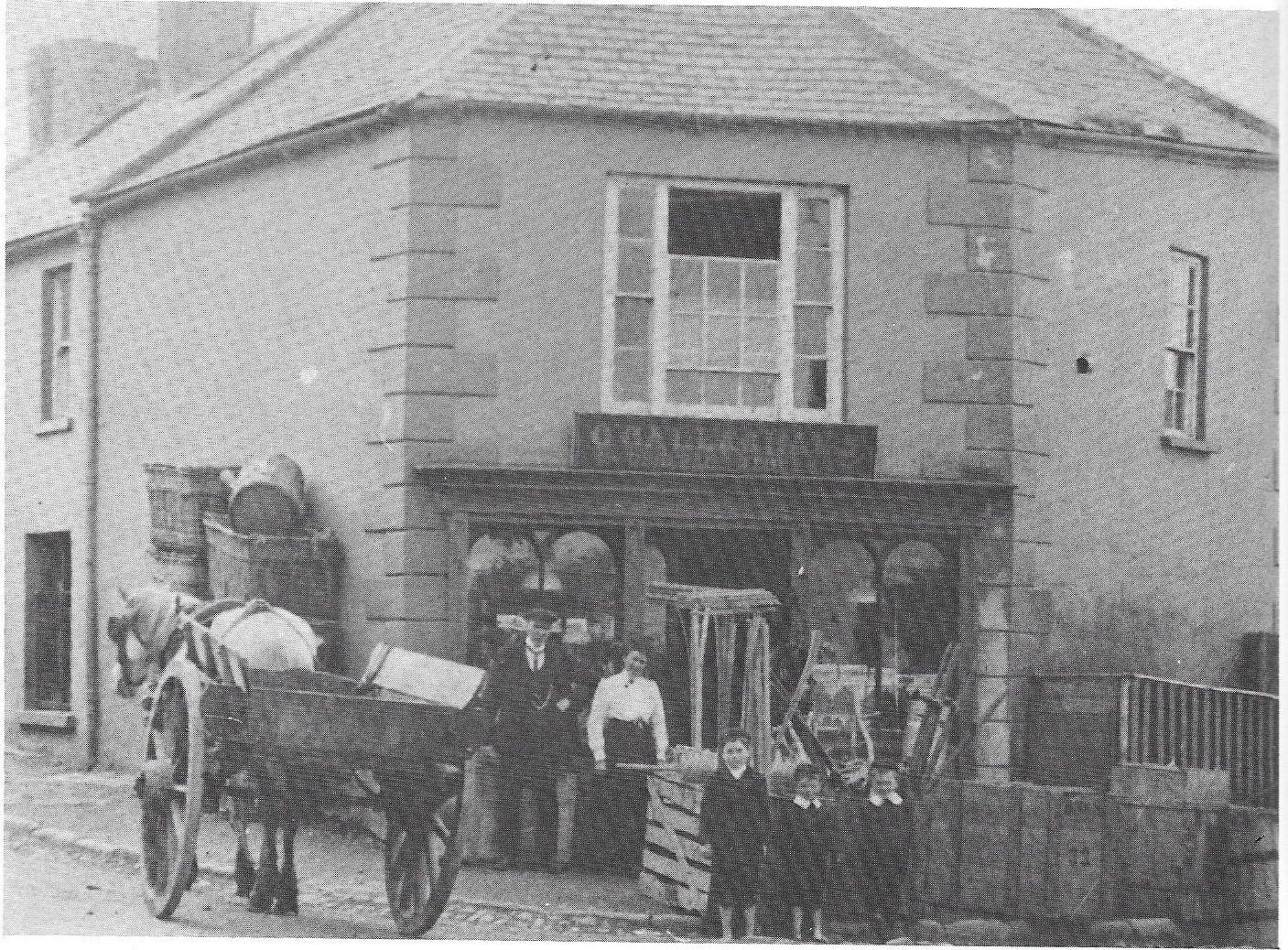


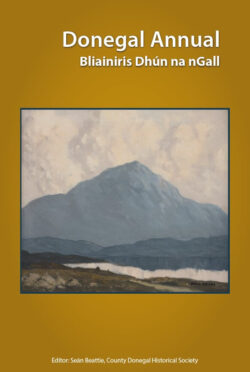
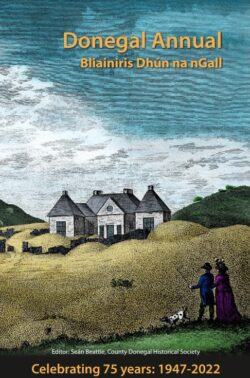
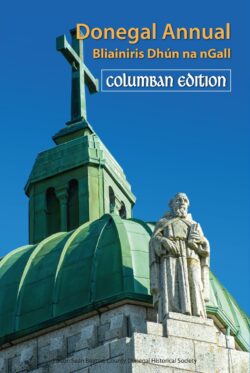
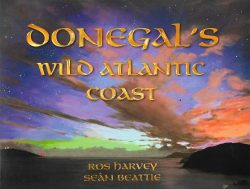

Betty
Thank you Sean, I enjoyed your post.
Thanks,
Betty.
admin
Good Betty
Catherine Duff
Is anything known of a Major Colhoun , possibly a relative of Mabel Colhoun, who was resident in Greencastle during WW2. His house was opposite the Royal Naval base at Magilligan and my mother, Annie Davis was his cook/housekeeper. She often spoke (very kindly) of him and his wife but being silly we only half listened to what she told us. I would dearly love some more info on him and his wife. They discovered my mum could do semaphore (taught by my RO father who was on Atlantic tanker convoys in the Merchant Navy). They moved from near Rathmullan in ~ 1941 to Greencastle taking my mother with them having found she had this ability and we wondered if they had a specific reason for this move. Date: Sun, 3 May 2015 13:40:49 +0000 To: katyduff@hotmail.co.uk
admin
I will get back if I find anything out
Sean